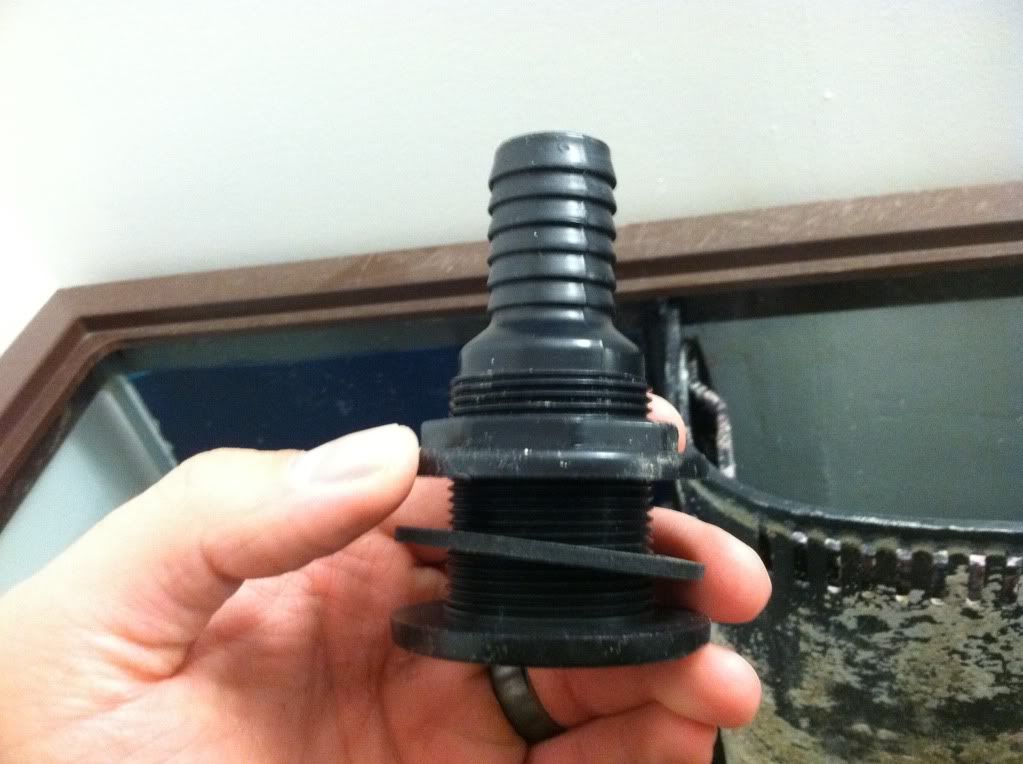Diogenes
Members
I guess I should preface this by saying that I am not a handy guy. I'm a nurse on a neuro rehab unit, and while I know all kinds of stuff about brain surgery, I don't know anything about drain surgery if you get my meaning. To me a bulkhead is the incredible headache I get trying to figure out how these pipes go together.
I am begging please someone walk me very slowly and patiently through this process.
The tank is drilled with two holes. I have three pipes. 2 appear to me as drains one appears to be a return. I have two bulkhead fittings not sure about the size. I have an amiracle sump, it's 14x24. It looks like it is missing a drip tray. The section above the bio balls where the drip tray goes is 14wx12Lx1 3/4deep. There is a little shelf there that I assume is to hold the tray. I need suggestions on what to use as a drip tray. I am going to be using a mag 9.5 return pump. I think I am going to order a filter sock to strain out sand. This will be a freshwater tank.
I know there's somebody out there willing to help. I would be forever in your debt.
Here are the pics:







I am begging please someone walk me very slowly and patiently through this process.
The tank is drilled with two holes. I have three pipes. 2 appear to me as drains one appears to be a return. I have two bulkhead fittings not sure about the size. I have an amiracle sump, it's 14x24. It looks like it is missing a drip tray. The section above the bio balls where the drip tray goes is 14wx12Lx1 3/4deep. There is a little shelf there that I assume is to hold the tray. I need suggestions on what to use as a drip tray. I am going to be using a mag 9.5 return pump. I think I am going to order a filter sock to strain out sand. This will be a freshwater tank.
I know there's somebody out there willing to help. I would be forever in your debt.
Here are the pics:









